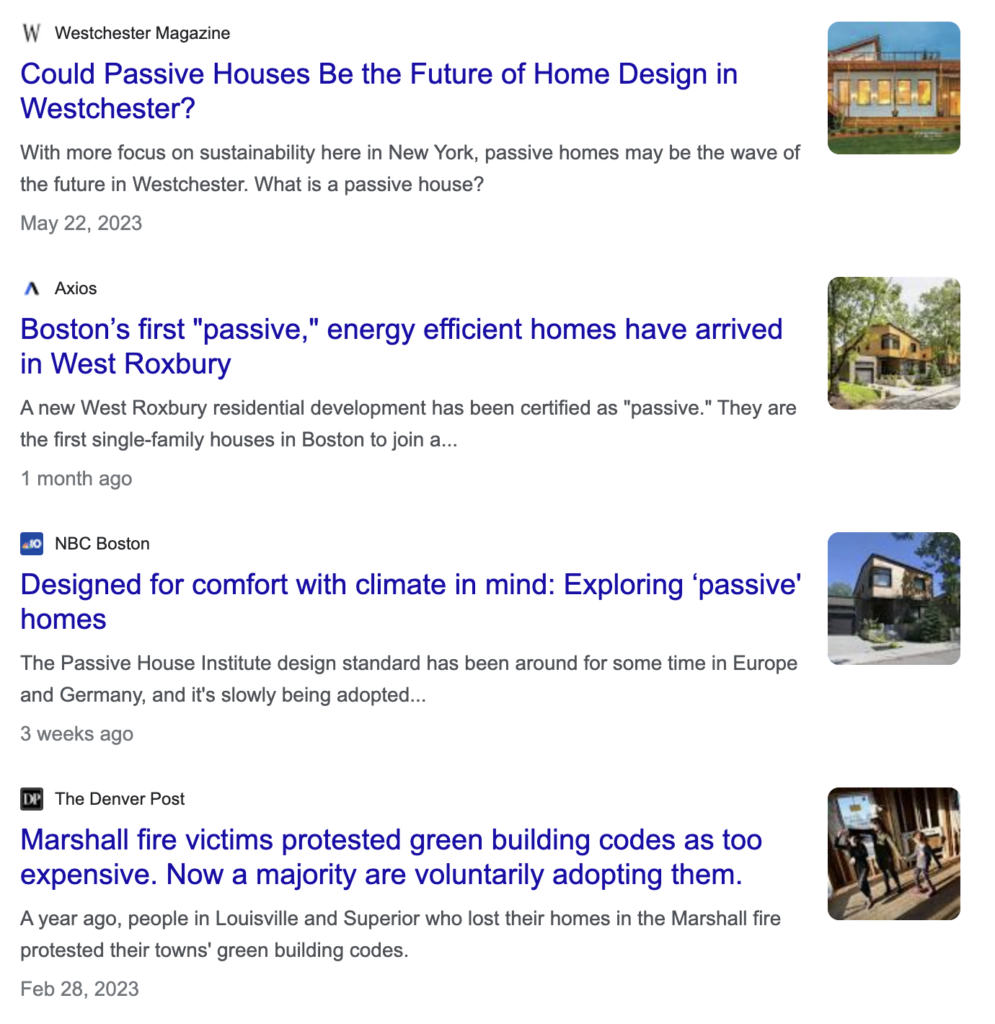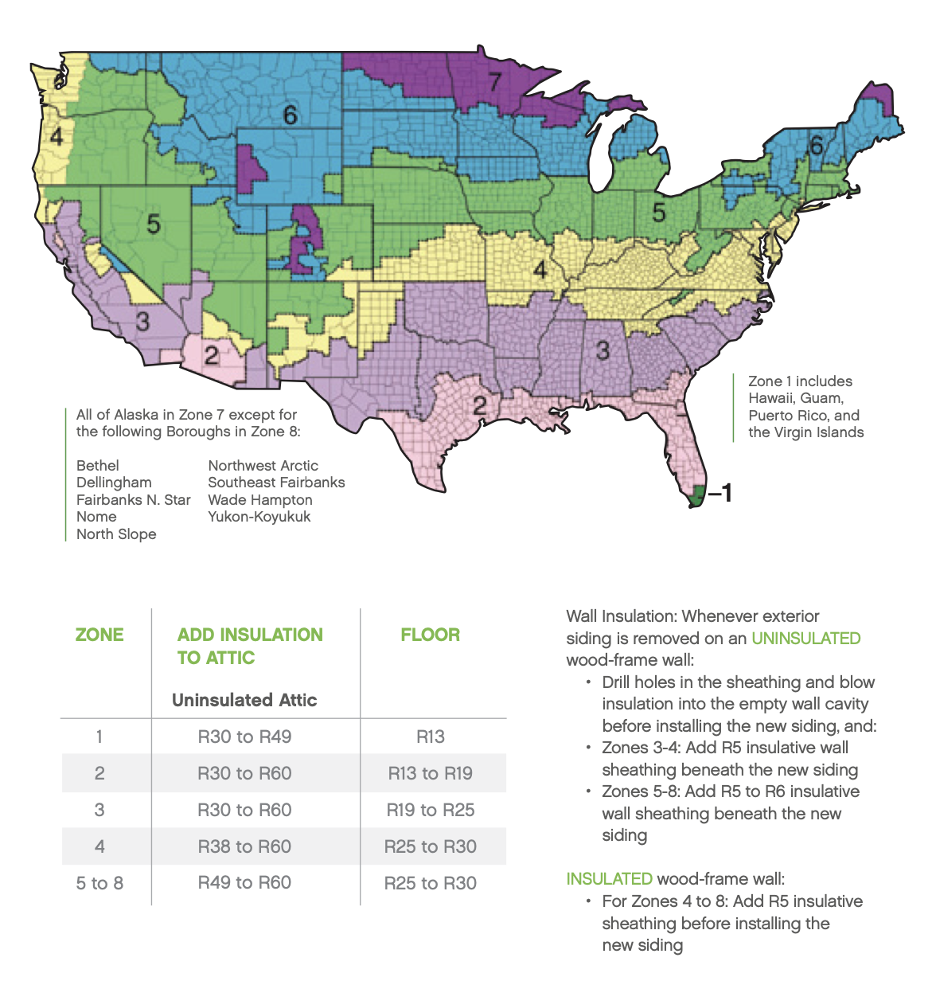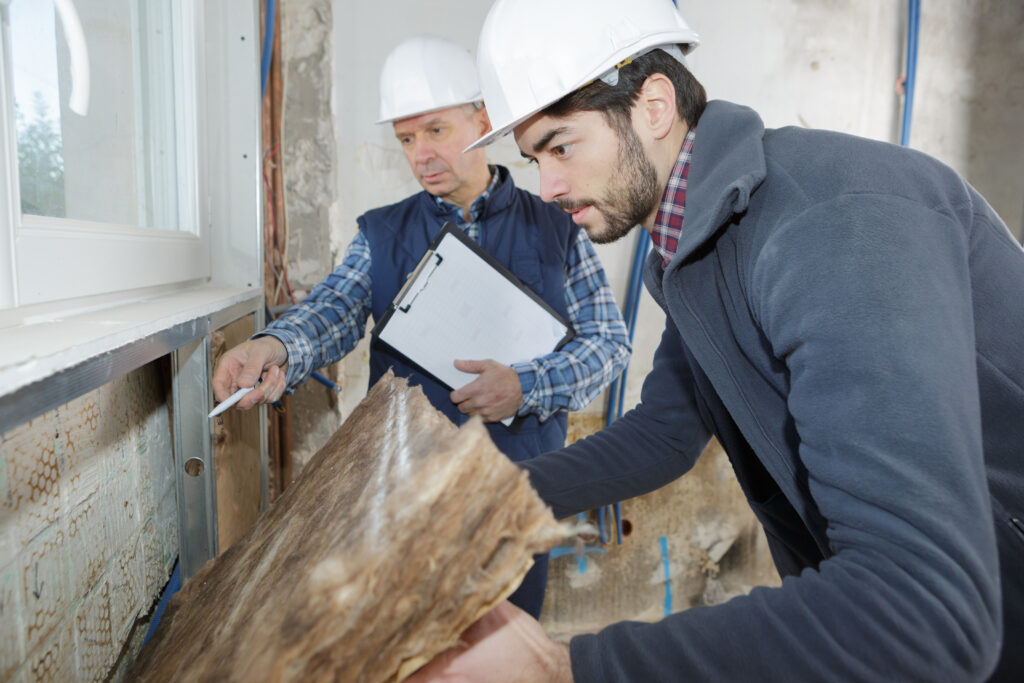Combining Types of Insulation: Can You Install Wood Fiber Over Existing Insulation?
The market for different types of insulation materials is evolving at a rapid pace, driven by a growing awareness of the need for energy efficiency, improved indoor air quality, comfort, and sustainability. Yet these advancements don’t discount that many homes already have insulation like fiberglass, cellulose, or spray foam. Replacing insulation isn’t a task for the faint of heart—professional services can be pricey, removing old insulation can sometimes pose health risks, and accessing certain spaces can require drywall to be taken down. As a homeowner, how do you balance a desire for higher efficiency, comfort, and sustainability with the reality that you already have insulation in place? The answer may be in an unexpected marriage of old and new.
In this article, we’ll talk about how your old insulation might fall short, the logistics and compatibility of adding insulation over existing, and the benefits of integrating innovative types of insulation like wood fiber into your home.
Existing Types of Insulation (And Their Imperfections)
While there are many types of insulation, a 2018 survey found that 71% of new homes built used blow in fiberglass or fiberglass batt insulation. There’s no great source of data documenting the types of insulation in older homes, but fiberglass has been around since the 30’s, cellulose was popularized in the 50’s and spray foam emerged in the 80’s so it’s safe to assume that plenty of today’s homes include these types of insulation. As for even older homes… well, they may not have insulation at all!
Meanwhile, renewable, high efficiency wood fiber insulation didn’t begin to penetrate the European market until the 90’s and is only now being manufactured in the US for the first time in Madison, Maine. Of course, we’re proud to see zero-carbon and Passivhaus design standards making headway for new construction, but we also believe the most sustainable home is often the one that’s already built. One of the best ways to improve an existing home’s energy efficiency is through proper insulation.

Fiberglass, spray foam and cellulose all have their unique benefits but they each also have key flaws when it comes to long term energy efficiency and home health. For example, spray foam insulation can off-gas dangerous chemicals even a year or more after application, posing health risks to the environment and your family. Likewise, fiberglass requires protective gear during installation or removal, and any exposed insulation can lead to tiny glass particles in the air, an irritant to both skin and lungs.
Both fiberglass and cellulose insulation can settle over time, and when not properly installed can create air pockets, decreasing their R-value. All types of insulation can suffer from cases of poor installation, like uneven distribution in attics and crawl spaces, poorly cut batts, or incorrect quantities of insulation which can be more common in older homes. And many traditional types of insulation rely on fossil fuels, or struggle with the renewability of their feedstock. So, what is a homeowner with these types of insulation to do?
Can You Put New Insulation Over Old?
The short answer is, yes. Chances are, if your existing structure—rafters, wall studs, etc.—are free of rot and other structural issues, you are in a good position to add insulation. This process of adding insulation where there was none or in addition to existing insulation is often called re-insulation or retrofit insulation.
In an ideal world, insulation could magically materialize behind sealed drywall surfaces and the whole re-insulation process would be done with the snap of your fingers. Instead, fully replacing insulation would require carefully removing wallboard, pulling out screws and nails, inserting new insulation, and then meticulously reinstalling and finishing the drywall with a fresh coat of paint. It’s messy, time-consuming, and typically not a cost-effective retrofit. So, the real question is not can you put new insulation over old, but can you do so without tearing out walls and other parts of your home?

Blown in Retrofit Insulation
The easiest way to boost your home’s energy efficiency when the performance of existing insulation falls short is to choose a blown in insulation like loose fill wood fiber insulation. They are perfect for achieving even coverage in open areas like attics and or can be installed as dense pack in crawl spaces only requiring small, reparable holes to be drilled to fill wall cavities. You will still need a professional to operate the blower, reach the ideal insulation depth, and make small drywall repairs but this retrofit insulation method is far less disruptive to your home. With proper air sealing, you can even add wood fiber blown in insulation over batts to eliminate air pockets.
Re-insulation can significantly improve the overall R-value of your home’s envelope, reducing the cost of heating or cooling your home, improving your indoor air quality, making your space more comfortable, and adding value to your property. Start the retrofit insulation process by determining your insulation’s current R-value and using the chart below to determine the recommended R-value for your region. Then refer to our loose fill wood fiber insulation spec sheet to determine the quantity of insulation you will need add to specific areas of your home to achieve your recommended R-value.
Replacing Insulation for the Long Term
For homeowners looking to take their insulation upgrade to the next level, fully replacing insulation with wood fiber offers a comprehensive solution that elevates energy efficiency and sustainability to new heights. While retrofit insulation is an easy and cost-effective approach, opting for a complete replacement provides several distinct advantages.
First and foremost, replacing insulation allows for a fresh start, unencumbered by the limitations of existing insulation. By safely removing old insulation, you eliminate any potential issues it may have, whether it’s compromised by moisture, harboring dust, and allergens, or simply not performing at its best. It can also reveal underlying issues that may impact your home’s energy efficiency, like air leaks, gaps, or inconsistencies in the insulation barrier. Draft proofing and other repairs at this stage ensure any new insulation you apply can do its job and is essential for achieving an optimal thermal envelope.

Removing old insulation also opens your toolbox beyond blown-in insulation. Wood fiber insulation is available in flexible batts, boards, and loose fill, all safe for anyone to install, with superior R-value, fire resistance, moisture management and a carbon negative footprint. The result of fully replacing insulation with wood fiber is a home that not only boasts remarkable energy efficiency but also aligns with your commitment to sustainability. It’s an investment in long-term benefits, both for your family and the environment.
Finding a Balance that Works for Your Home
We understand the emotional and financial considerations that often accompany any remodeling project. Any home renovation comes with some disturbance to your safe space and taps into your budget. Luckily, when it comes to enhancing your home’s energy efficiency, there are re-insulation options for every budget and project size. Whether you’re looking for a quick insulation upgrade or thinking about removing old insulation for a clean slate, the TimberHP team is here to provide expert advice and innovative insulation products to help you get the job done.